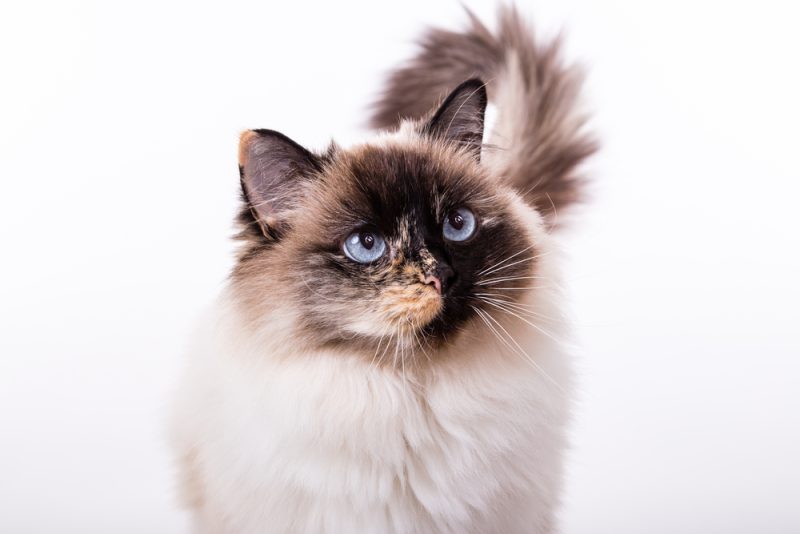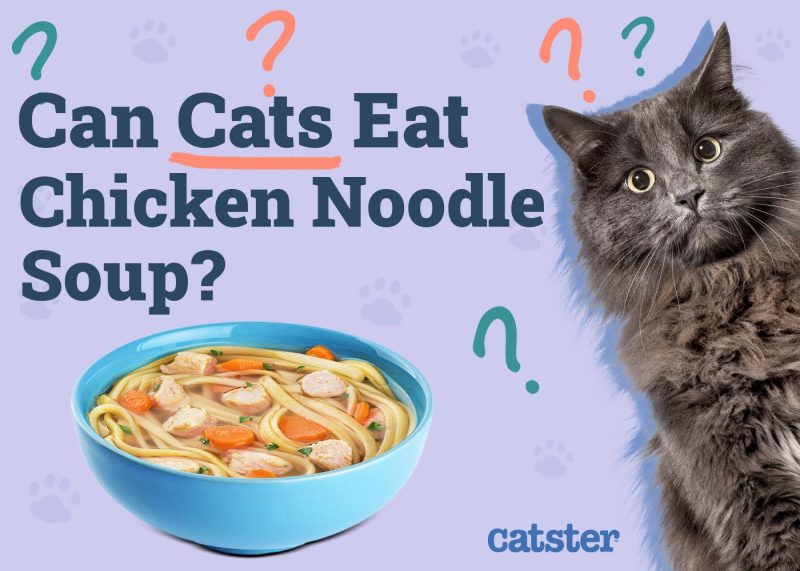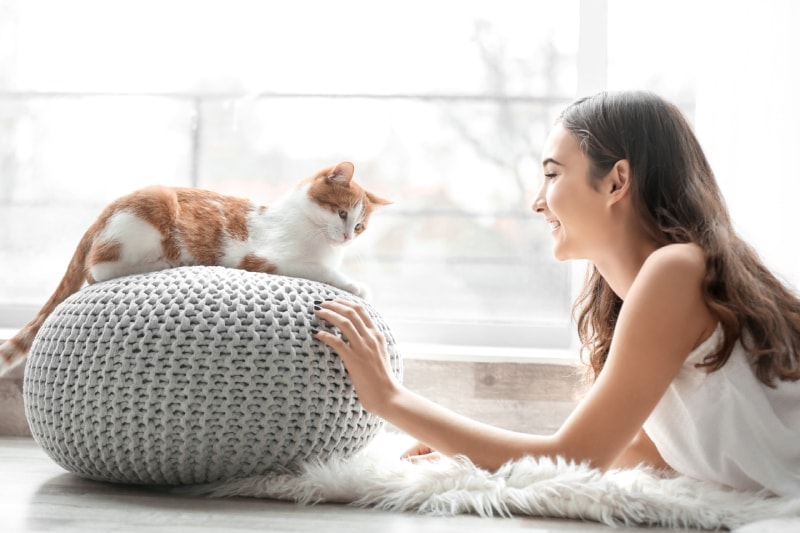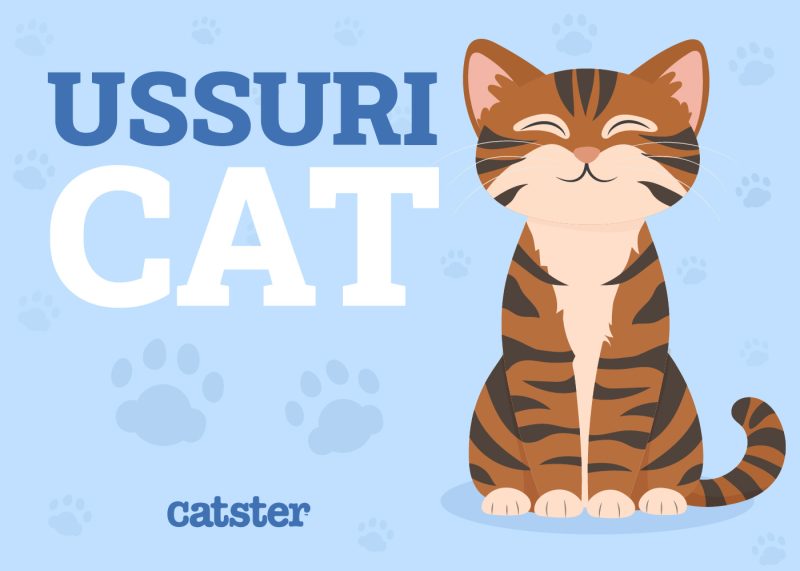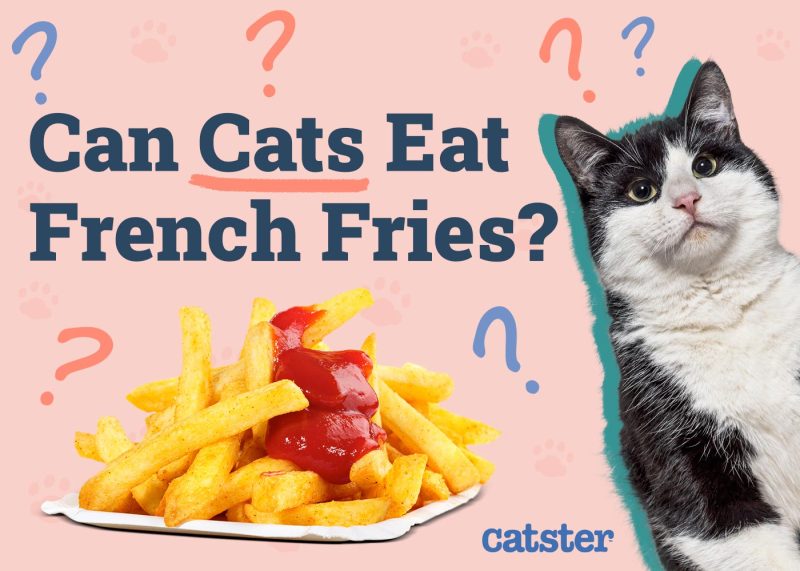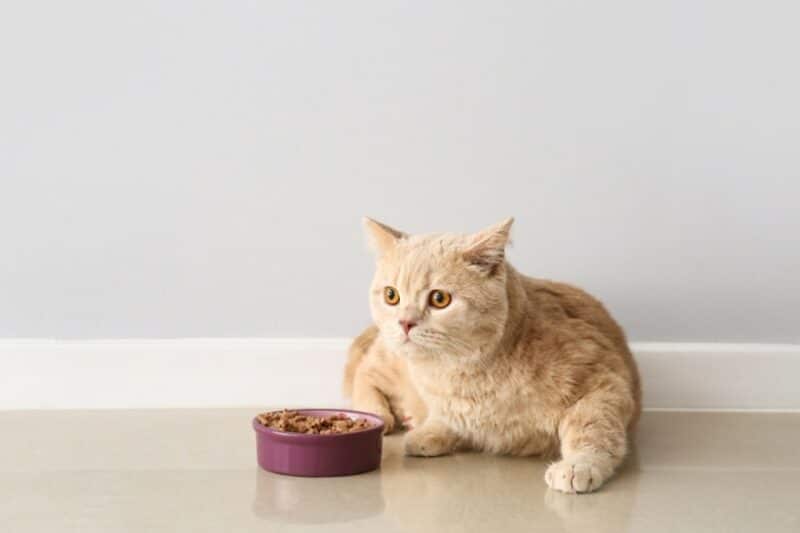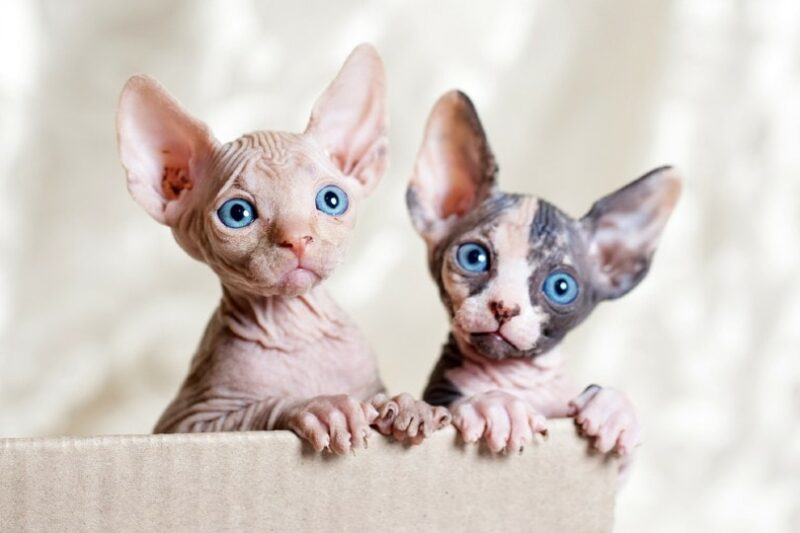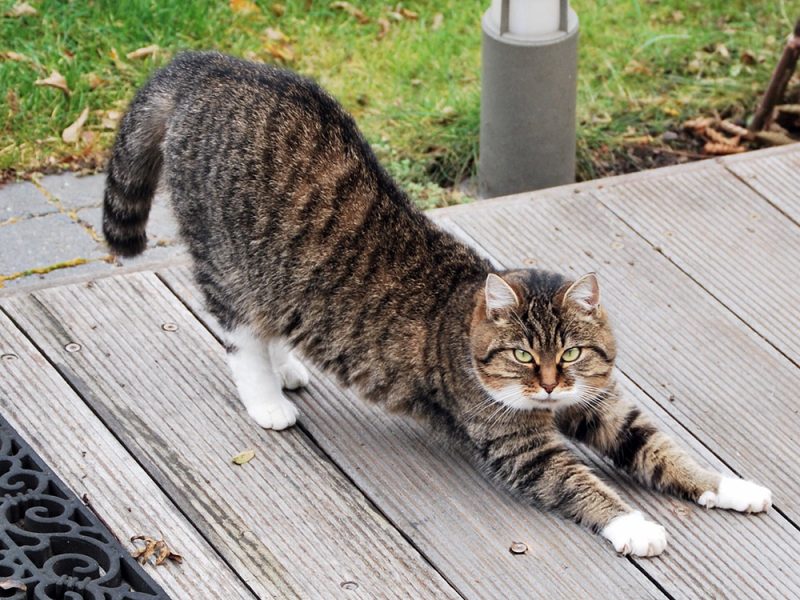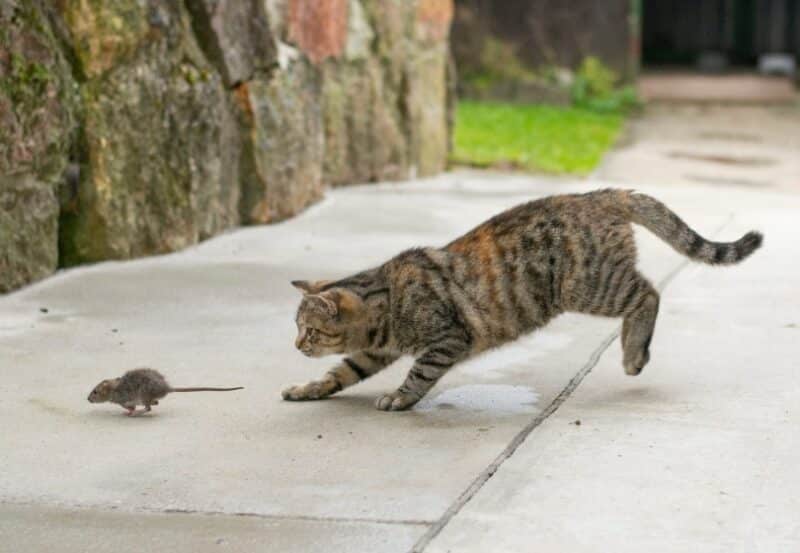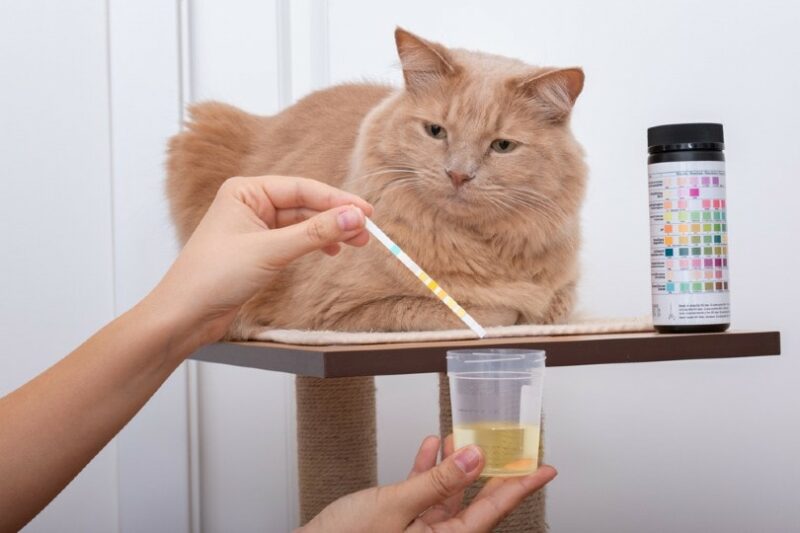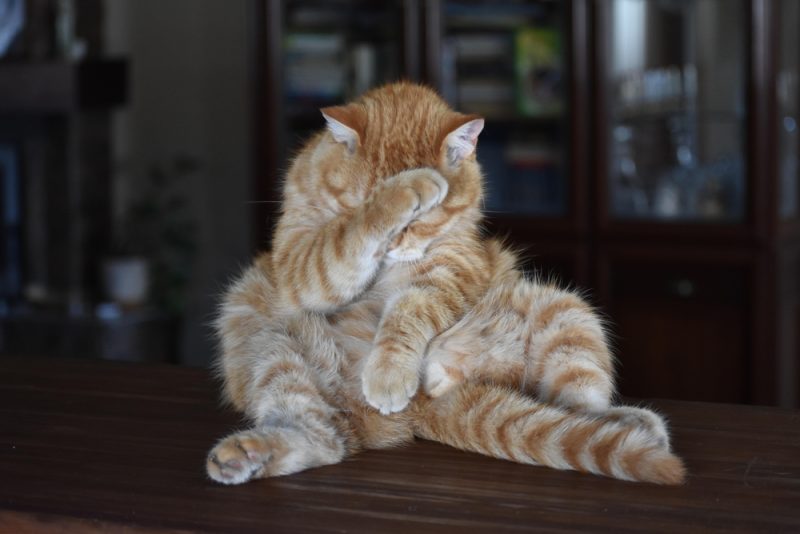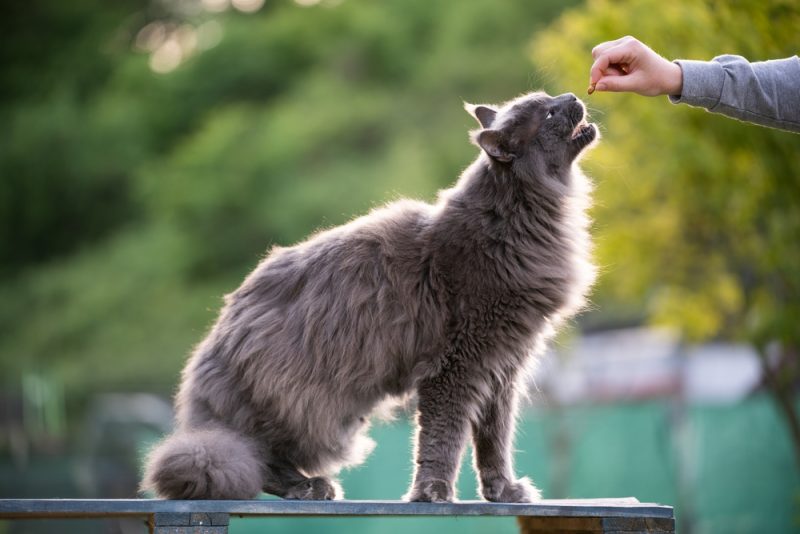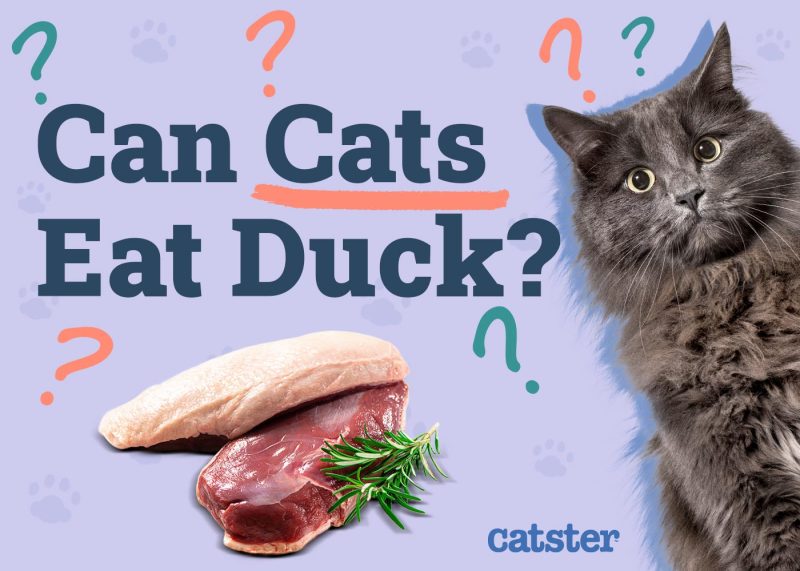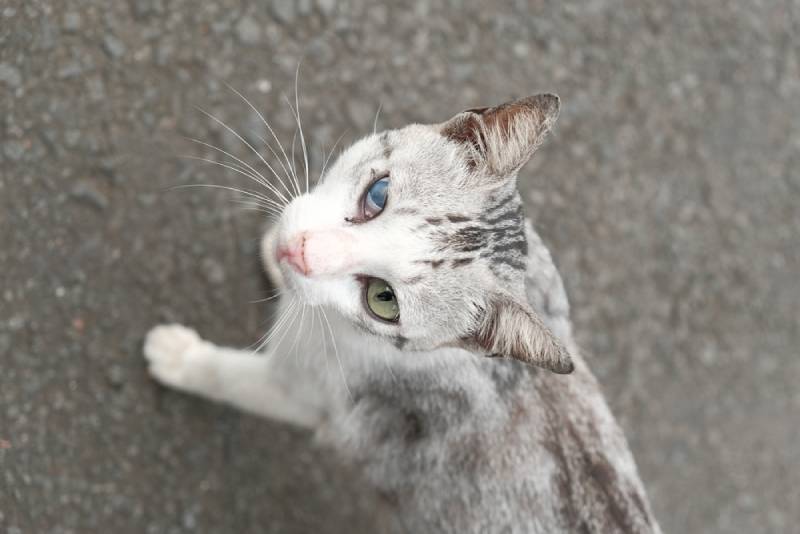In this article
View 8 More +The Tortie Ragdoll has tortoiseshell markings and was first developed in California when Ann Baker bred a white stray female with other stray cats. The resulting breed was a docile and charming cat that became the Ragdoll. They get their name from their tendency to go limp and slack when being held, and this unresistant submission is one of the reasons that Ragdoll owners love the breed so much.
Breed Overview
Height:
9–11 inches
Weight:
15–20 pounds
Lifespan:
13–16 years
Colors:
White, red, black, orange, yellow, cream, gray, blue
Suitable for:
Families and singles looking for a devoted cat that constantly craves attention
Temperament:
Loving, demanding, affectionate, calm, docile
The Ragdoll is a large feline. They have a very soft coat reminiscent of rabbit fur, and when born, they have white fur and only develop markings as they age. By the time the Ragdoll reaches full maturity, at 2 or 3 years old, they should have their full coat markings. Tortie Ragdolls are almost always female.
Owners looking for an aloof and independent cat should look elsewhere. The Tortie Ragdoll, regardless of her coloring, is a demanding cat that will require attention from her owner if she is to be happy and fulfilled.
Tortie Ragdoll Characteristics

Tortie Ragdoll Kittens

Temperament & Intelligence of the Tortie Ragdoll
The Ragdoll is known to be affectionate, loving, and soft. They are playful and devoted to their human owner. However, like any other breed, there is no guarantee that your Ragdoll will turn out this way. They are likely characteristics, but depending on how they were raised as kittens, they may be more aloof.
Are These Cats Good for Families? 👪
The Ragdoll is generally considered to be very friendly with all family members. They are not only accepting of children but welcoming of them, and you will often find your Ragdoll curled up enjoying attention from the kids in your house. They are also equally happy to lay on the lap of senior owners, which makes them great companions for owners of any age.
Does This Breed Get Along With Other Pets?
The Tortie Ragdoll doesn’t just get along with human owners. She is known for being friendly with other cats and will get along with dogs and other animals, too. The best way to ensure that your Ragdoll gets along with other animals is to introduce them at a young age.

Things to Know When Owning a Tortie Ragdoll
The Tortie Ragdoll is usually considered a friendly and loving pet. However, while she is known for getting along with human and animal family members, she may not be the best choice for you. Below are some of the most important factors to consider when adopting or buying this popular feline.
Food & Diet Requirements 🐡
Ragdolls do not have any specific dietary requirements. You should ensure that you feed them an appropriate amount of food according to their age and activity level. Cats should not be fed a vegetarian or vegan diet. Wet foods are preferred by some owners because, while they spoil quicker than dry foods, they contain plenty of moisture and can help your kitty stave off kidney infections and other illnesses caused or exacerbated by dehydration.
The Ragdoll has long hair, which can cause them to suffer from hairballs. Certain types of food can help to prevent them, ensuring that your cat can continue to enjoy a comfortable life. Ask your vet for suggestions if you notice your cat suffers from hairball issues often.
The Ragdoll is a large feline, and like most cats, they enjoy eating. Ensure that you don’t overfeed them. Determine the amount you should feed by consulting your veterinarian. Then, you can weigh out their food to maintain a healthy daily regimen.
Exercise 🐈
Ragdolls can be kept as indoor or outdoor cats, but because they’ll approach strangers without fear, they’re safer indoors. They require exercise to stay fit and healthy, but they not as energetic as most breeds.
Ragdolls are playful, however, and it is easy to encourage them to play and exercise. They are also large, and if you feed too much without providing daily exercise, obesity can become a severe problem. Overweight cats are more likely to suffer ill health and illness, so weight management should be considered an essential part of owenership.
Training🧶
One of the most common attributes of the Ragdoll breed is that they are incredibly affectionate. They are also intelligent animals, and this combination means that they are easier to train than a lot of other breeds. Use positive reinforcement, offer treats when your cat performs the desired task, and be patient.
If you reward your cat with affection and attention for completing a task, they will likely reward you with tricks. Training can be beneficial to encourage your kitty to scratch the scratching post rather than the furniture and as a means of litter training. It can also be used to teach tricks and establish a strong bond with your cat.
Grooming ✂️
The Tortie Ragdoll has long and luscious locks. When kept in good condition, the Ragdoll’s coat is something to be proud of. She has medium to long hair, and while it doesn’t easily become matted, it can become knotted and difficult to manage. Expect to brush your Ragdoll at least twice a week and potentially more often if she goes out and sits in the bushes or trees.
While her coat doesn’t get matted easily, it attracts leaves and grass. You will also need to check your cat’s teeth and gums regularly and brush their teeth. If you cannot brush your cat’s teeth, your vet can clean their teeth and provide tips for doing it at home.
Similarly, they may need to trim your cat’s claws if your cat refuses to allow you to trim them. Outdoor cats have more opportunities for their claws to grind down when walking on hard surfaces; indoor cats do not enjoy the same benefit.
Health and Conditions 🏥
The Ragdoll is a generally healthy cat with a good life expectancy. However, they can suffer from bladder stones, and they are more prone to a heart condition known as hypertrophic cardiomyopathy. There is no guarantee that you can prevent your cat from developing health issues, but providing a good diet and ensuring that your Ragdoll gets a decent amount of exercise will go a long way to ensure a long and healthy life. The following are some of the health conditions that Ragdolls are more susceptible to:
- Kidney stones
- Hypertrophic cardiomyopathy
Male vs. Female
Tortie Ragdolls are females, except in rare cases. Males usually have health problems and a very short lifespan, but there are always exceptions.

3 Little-Known Facts About the Tortie Ragdoll
1. Tortie Ragdolls Are (Almost) Always Female
Your Tortie Ragdoll cat is almost certainly female. The chromosome that carries the orange or black coat color marker is an X chromosome. Because males only have one X chromosome, they can only be orange or black. There are very rare instances where this is not the case. Approximately 1 in 3,000 male cats are born with two X chromosomes and one Y. Not only is this rare, but males with two X chromosomes have significant health issues, suffer a very short lifespan, and are born sterile.
2. Ragdolls Go Limp When Held
The Ragdoll cat gets their name from the position they take when picked up. This loving and affectionate breed will usually go limp when held, giving the impression and stature of a ragdoll. However, the floppiness and loving nature may be a likely trait, but it is not guaranteed to be present in every cat. You may end up with a cat that displays the sassiness of the tortoiseshell. Studies have been conducted to determine whether the marking of a cat can determine their nature, and most have proven inconclusive, but owners still swear that tortoiseshell cats tend to be sassy and can even be a little bit aggressive.
3. They’re Born White
There are different Ragdoll color points, including tortoiseshell. Regardless of their eventual markings and coats, all Ragdoll cats are born white. They develop their markings over time, but considering the breed may not reach maturity until 3 years old, it can take time before you start to witness their distinctive tortoiseshell color. Another common physical attribute of the breed is that all Ragdolls have blue eyes, but they may be different shades of blue.

Final Thoughts
The Tortie Ragdoll is a Ragdoll cat with a tortoiseshell marking. They are considered healthy, affectionate, and friendly animals, are relatively easy to train, and get along with all the people and animals in your family, making them an excellent choice for a family pet.
They like affection and attention, and they often demand it. The breed’s long hair, striking eyes, and lovable nature have made them popular pets, but they are also famous for their performances at cat fairs and shows. Their price is a testament to this popularity.
See Also:
- Persian Ragdoll Cat Mix: Info, Pictures, Temperament & Care
- Lilac Ragdoll Cat – Facts, Origin & History (With Pictures)
- Lilac Tortoiseshell Cat: Facts, Origin & History (With Pictures)
Featured Image Credit: Ria Peene, Shutterstock
